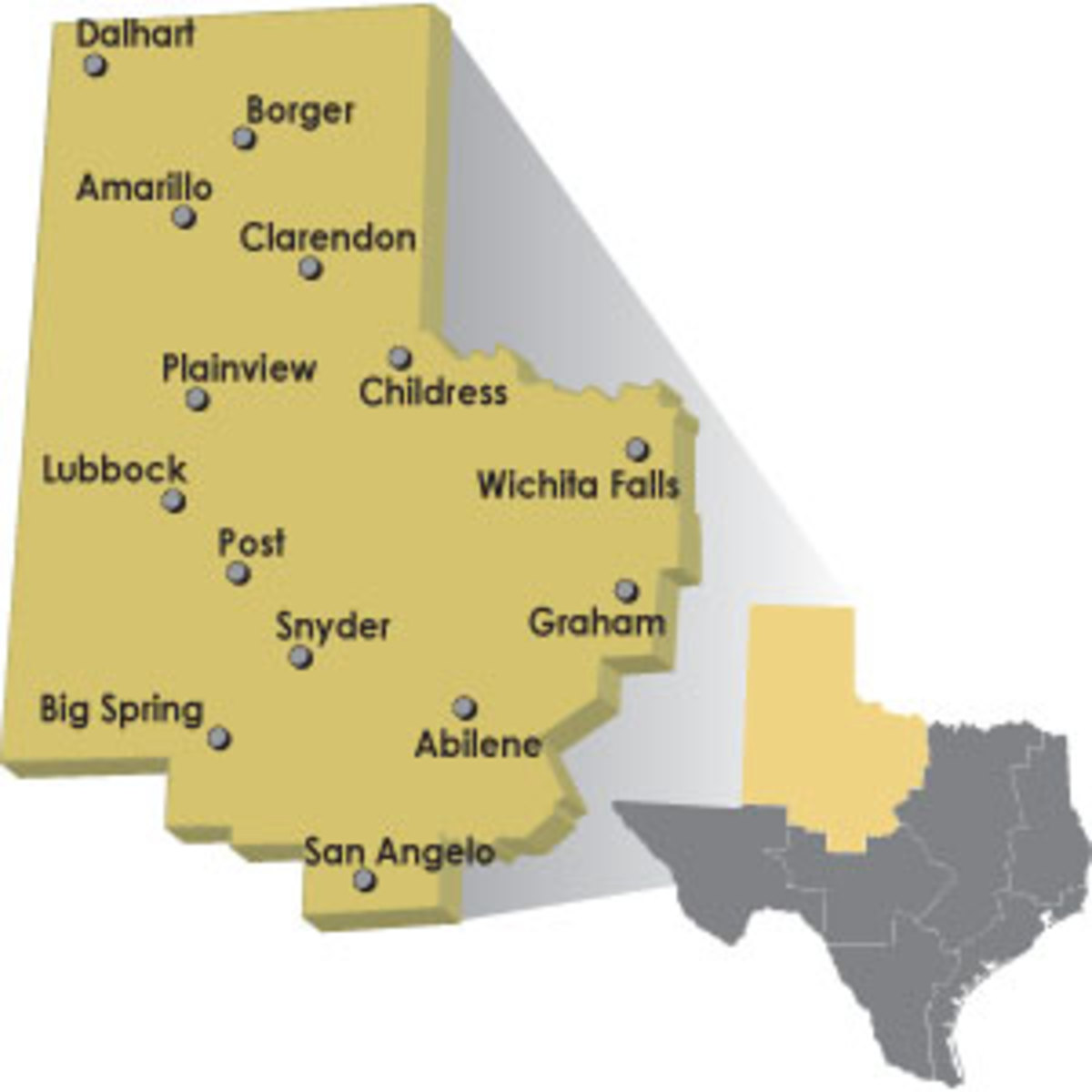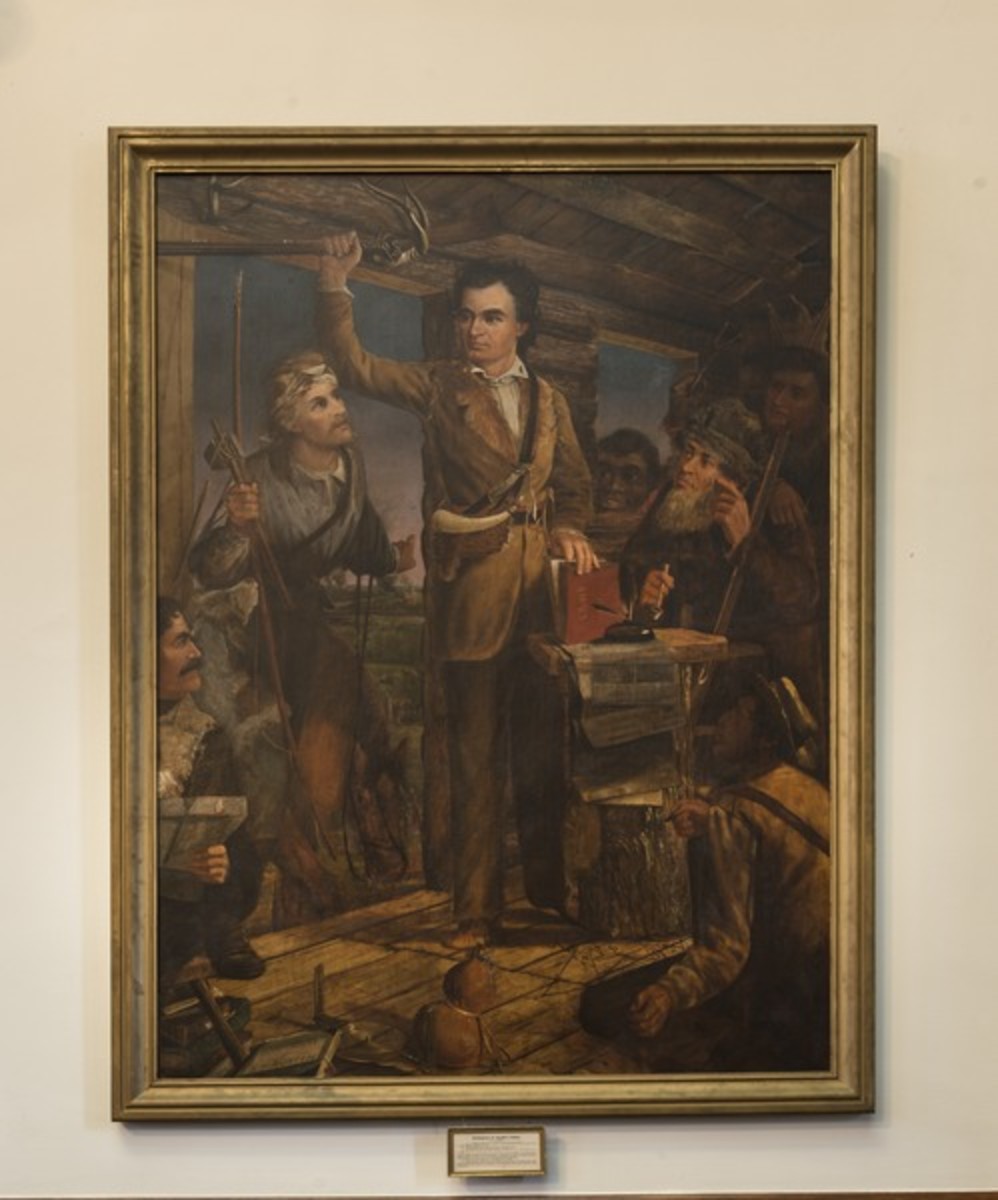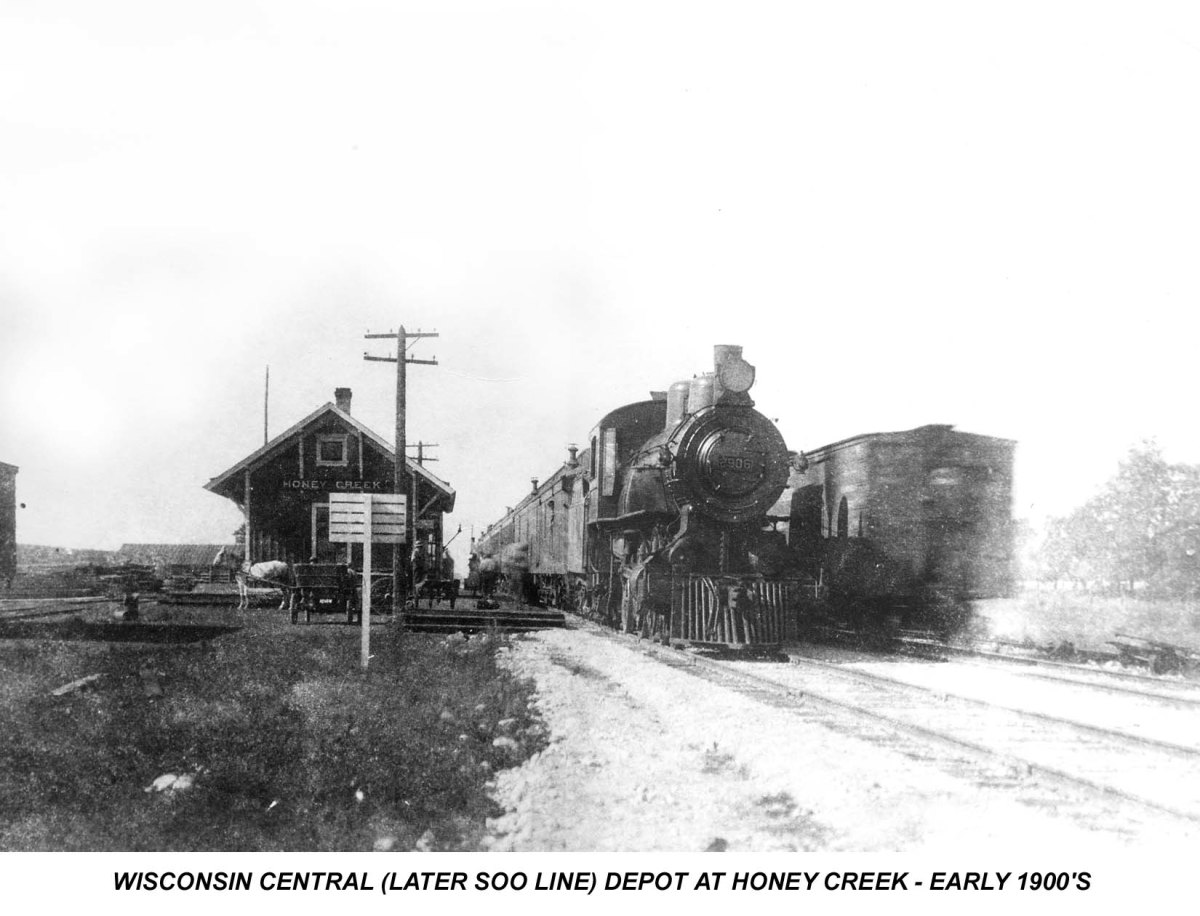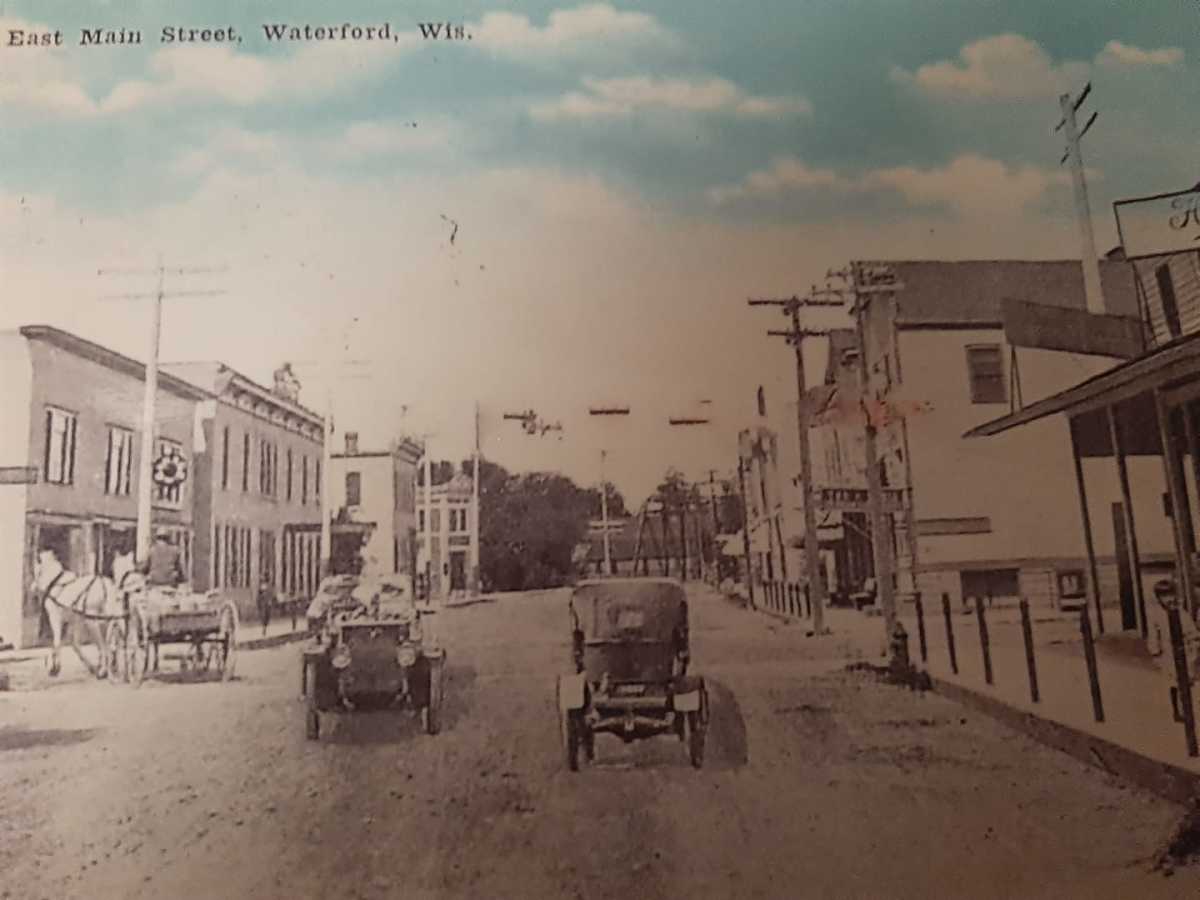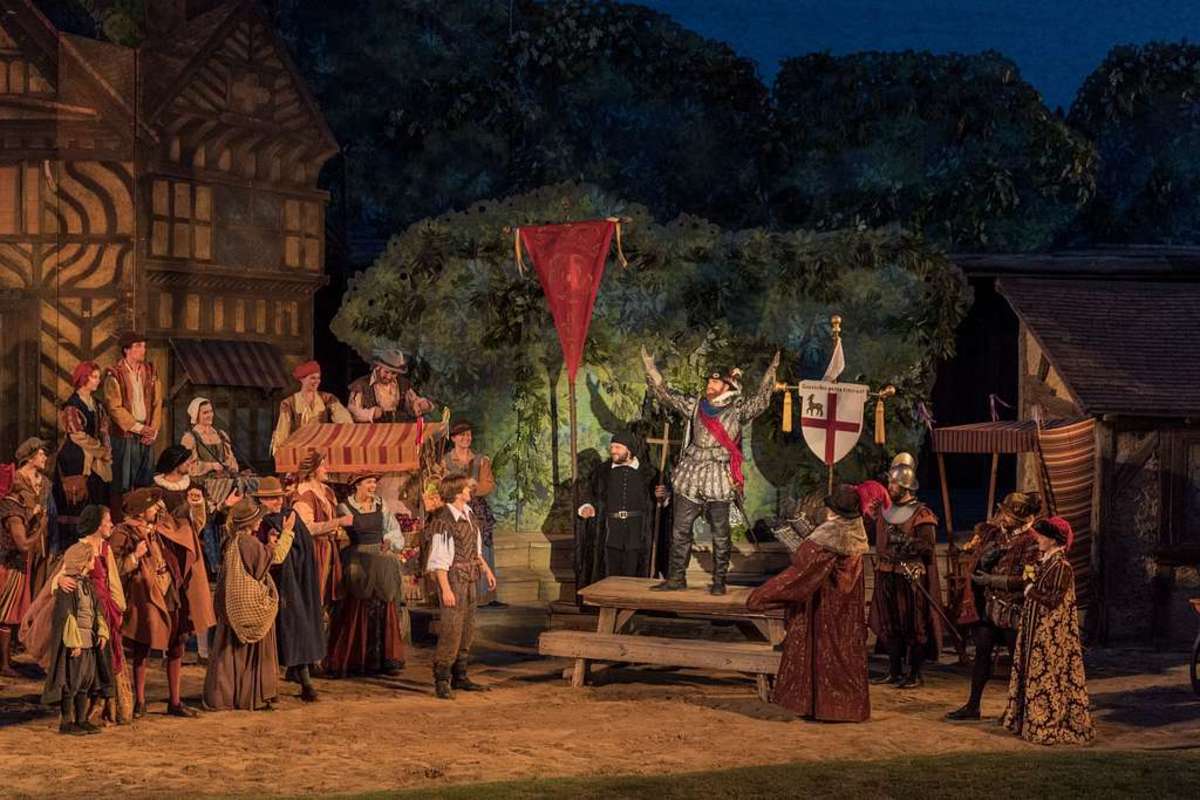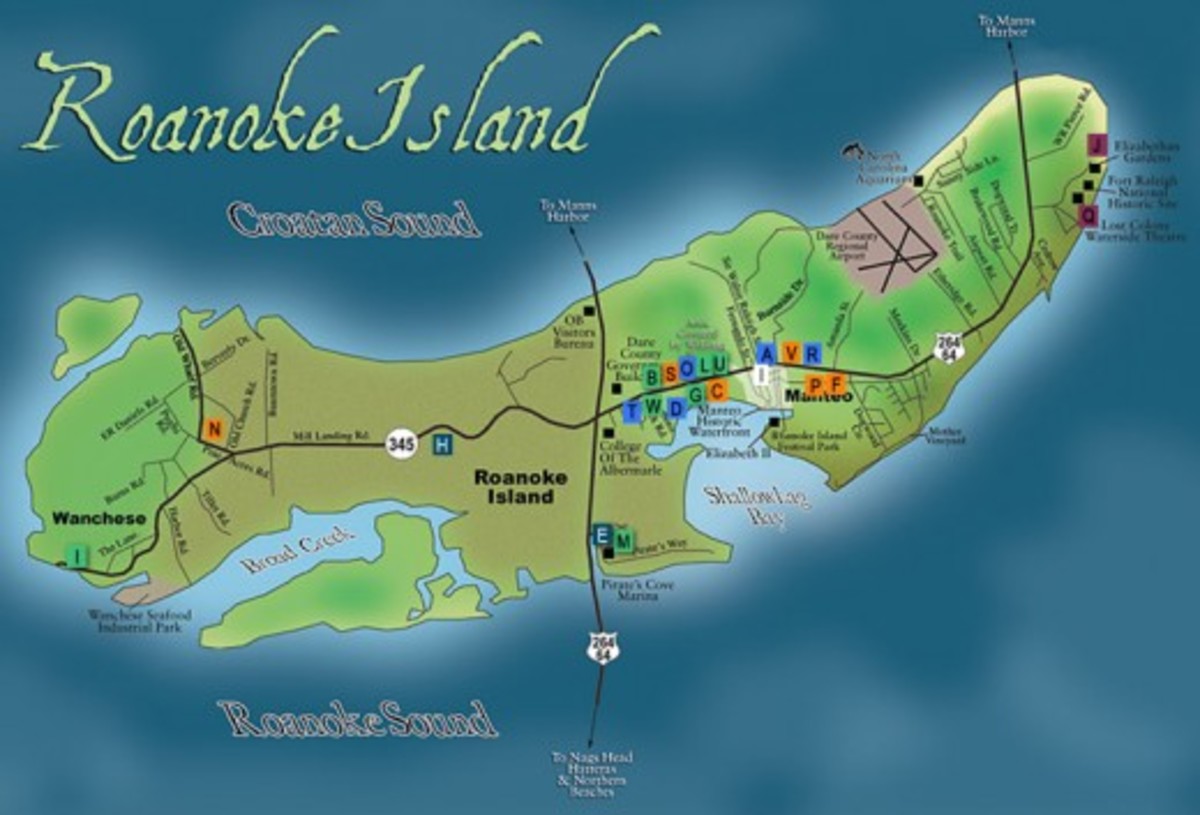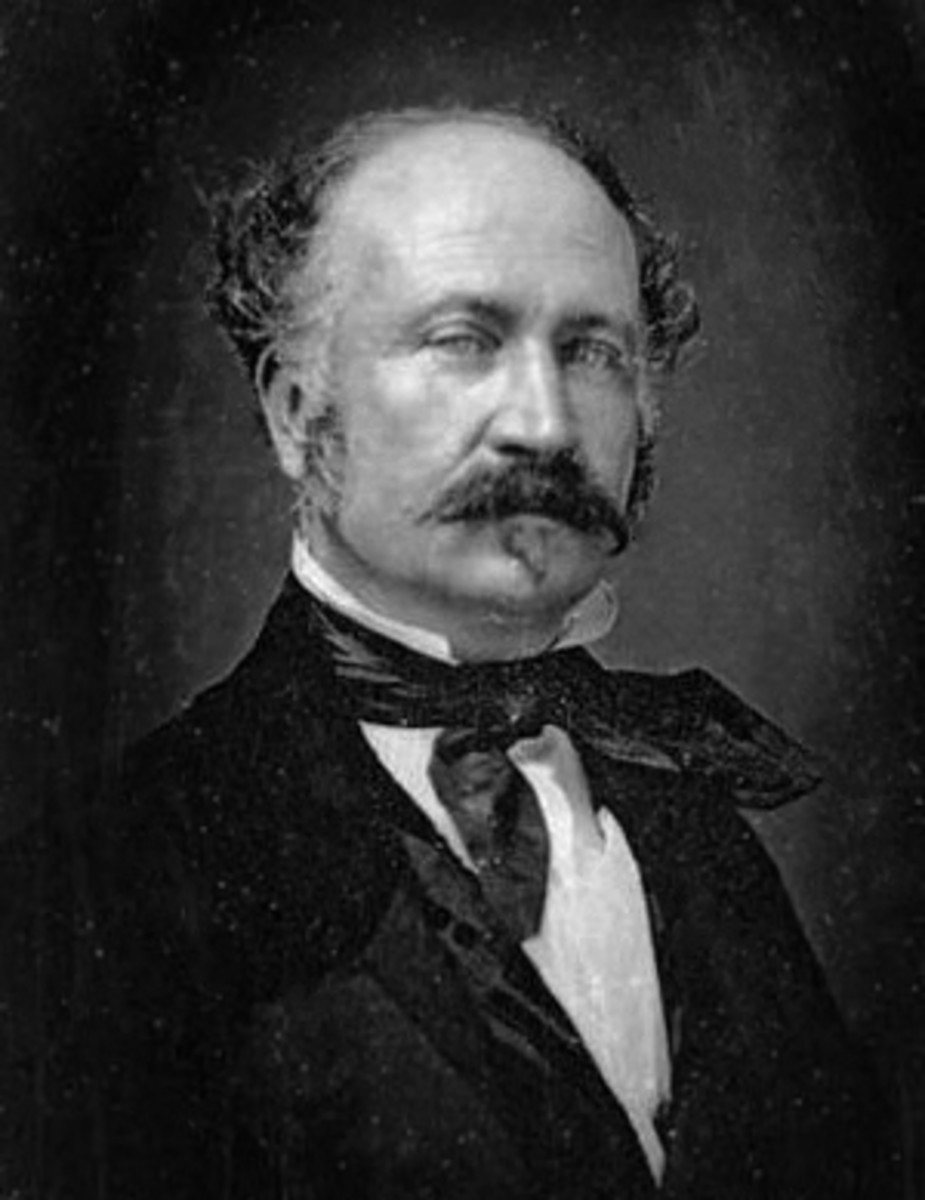- HubPages»
- Education and Science»
- History & Archaeology»
- History of the Americas
Dodge City: Queen of the Cowtowns
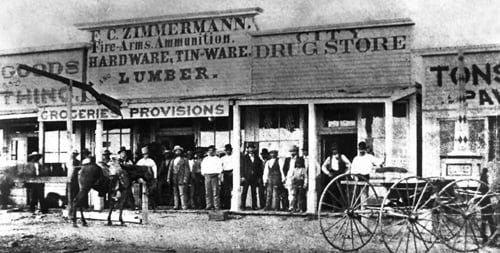
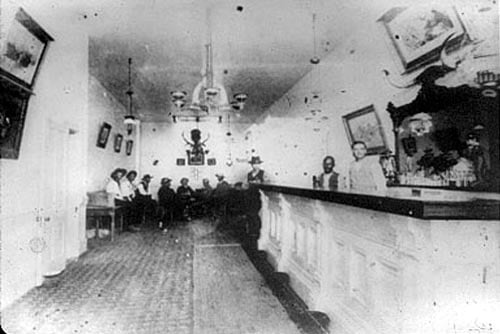
At the end of the US Civil War in order to protect wagon trains travelling along the Santa Fe Trail from Indian attacks, to ensure the safe delivery of the U.S. Mail and to provide a supply base for the troops involved in the Indian Wars, the U.S. Army completed the building of Fort Dodge Kansas in 1865. Six years later in 1871, Henry L. Sitler built his sod constructed structure just across the Arkansas River at the future site of Dodge City as a means to overlook his cattle ranch. A year after that in 1872, George Hoover built the first public building, a whiskey bar that was housed in a sod hut. These two buildings provided buffalo hunters and traders with a stopping place and trade center.
Originally called Buffalo City, the town renamed itself Dodge City in reference to Fort Dodge when it was found that the name Buffalo City had already been taken. Near the end of 1872 the Atchison, Topeka and Santa Fe Railroad was finished as far as Dodge City. This caused a major influx of cowboys, businessmen, families, traders and frontiersmen. Buffalo hides and bones were the main commodity and source of revenue, not only for those involved in the hunting, skinning and selling of the hides, but also to the owners of the saloons, hotels and brothels that served these men. Buffalo hunting was a grisly business and then men that worked in this field often times went months without baths. With stacks of at times 40,000 hides in the streets and these filthy hunters filling local businesses, the phrase “stinkers” came into being. Train-masters would arrive in Dodge City, take their red lanterns and frequent the saloons and brothels - a practice leading to the area being known as the “Red Light District.”
However, by 1875 the buffalo trade was no longer a lucrative source of revenue. Buffalo hunters were killing buffalo by the millions. Between 1872 and 1878 over 1.5 million hides were shipped from Dodge City alone. The US Army had enacted a policy to indiscriminately kill buffalo as a means of depriving the Indians their main source of sustenance. This indiscriminate killing along with the buffalo trader brought the buffalo to the brink of extinction. However, the cattle drives that had seen longhorns arriving from Texas to the main railheads in towns like Abilene, Newton, Ellsworth and Wichita soon found their cattle business shifting westward. As Kansans became concerned about a tick disease carried by the longhorns, the state legislature began enacting quarantines that moved this quarantine line further westward ending the cattle business in these towns and leaving Dodge City left as the “Queen of the Cowtowns.” Cattle were now driven up from Texas by way of a branch of the Chisholm Trail that became known as the “Western Trail” or “Texas Trail” and it dead ended in the booming town of Dodge City. The next 10 years would see over 5 million heads of longhorn cattle driven into Dodge City.
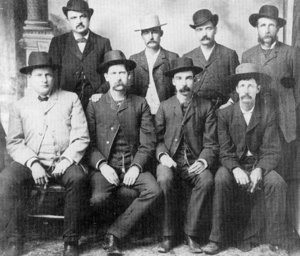
During its heyday, Dodge City boasted a fairly large population and yet no law enforcement was present. Drunken brawls and gunfights were common occurrence. The town had no established cemetery, so a plot of land which became known as “Boot Hill” became the burial site for many victims of this lawlessness. The cemetery gained its name because most of its occupants were penniless, unknown or killed in a gunfight. They were then hastily buried with their boots still on. Wyatt Earp was summoned by the mayor of Dodge City to serve as Chief Deputy Marshal at an astounding and unheard of in that day $20 a month. Soon, four additional deputies were hired – Wyatt Earp’s friend Bat Masterson, Charlie Basset, Bill Tilghman and Neal Brown. This group passed an ordinance that created a “deadline” between the two Front Streets, literally separating the town into a northern “civilized district” where no guns could be carried or worn and respectable businesses and families were safe, and a southern “barbaric district” where brothels, saloons and the majority of gunfights were common place. Law and order during this time had its ups and downs. Bat Masterson’s brother Ed became sheriff in 1878, but three months later was killed in a gunfight. Wyatt Earp had been chasing a known train robber, Dave Rudabaugh, into Texas, were he met and befriended Doc Holliday who provided Wyatt with information regarding Rudabaugh’s whereabouts. Wyatt would transfer this information to Bat Masterson back in Dodge City and Rudabaugh would be captured.
Dodge City gained a notable reputation for its wickedness. A letter that was published in the Washington D.C. Evening Star on January 1, 1878,
Dodge City is a wicked little town. Indeed, its character is so clearly and egregiously bad that one might conclude, were the evidence in the later times positive of its possibility, that it was marked for special providential punishment.
Equally scalding was an article written in the Hays City Sentinel. After a reporter visited Dodge City he reported that,
Dodge is the Deadwood of Kansas. Her incorporate limits are the rendezvous of all the unemployed scallawagism in seven states. Her principal business is polygamy without the sanction of religion, her code of morals is the honor of thieves, and decency she knows not.
By 1880 the Atchison, Topeka and Santa Fe Railroad had completed its line to Santa Fe. Continued pressure was put on the Kansas legislature to do something about the tick disease in the cattle arriving from Texas. This would push the quarantine line westward out of the state. Fort Dodge ceased to operate in 1882 with what appeared to be the containment of the Indians. More people became involved in agriculture rather than cattle and then the final blow came in 1886 when a January blizzard sealed the fate for Dodge City. Traders, businesses and citizens moved further westward and the once thriving town of Dodge City faded into a sleepy little Kansas town that has since passed into the history of the Wild West.


